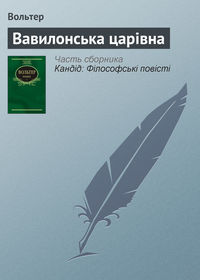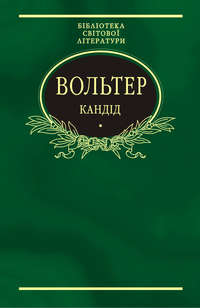 полная версия
полная версияA Philosophical Dictionary, Volume 03
This council was convoked by Constantine the Bearded, as all the others had been by the preceding emperors. The legates from the bishop of Rome were on the left hand, and the patriarchs of Constantinople and Antioch on the right. The train-bearers at Rome may, for aught I know, assert that the left hand is the place of honor. However, the result was that Jesus obtained two wills.
The Mosaic law forbade images. Painters and sculptors had never made their fortunes among the Jews. We do not find that Jesus ever had any pictures, excepting perhaps that of Mary, painted by Luke. It is, however, certain that Jesus Christ nowhere recommends the worship of images. Nevertheless the primitive Christians began to worship them about the end of the fourth century, when they had become familiar with the fine arts. In the eighth century this abuse had arrived at such a pitch that Constantine Copronymus assembled, at Constantinople, a council of three hundred and twenty bishops, who anathematized image-worship, and declared it to be idolatry.
The empress Irene, the same who afterwards had her son's eyes torn out, convoked the second Council of Nice in 787, when the adoration of images was re-established. But in 794 Charlemagne had another council held at Frankfort, which declared the second of Nice idolatrous. Pope Adrian IV. sent two legates to it, but he did not convoke it.
The first great council convoked by a pope was the first of Lateran, in 1139; there were about a thousand bishops assembled; but scarcely anything was done, except that all those were anathematized who said that the Church was too rich. In 1179, another great council of Lateran was held by Alexander III., in which the cardinals, for the first time, took precedence of the bishops. The discussions were confined to matters of discipline. In another great council of Lateran, in 1215, Pope Innocent III. stripped the count of Toulouse of all his possessions, by virtue of his excommunication. It was then that the first mention was made of transubstantiation.
In 1245, was held a general council at Lyons, then an imperial city, in which Pope Innocent IV. excommunicated the emperor Frederick II., and consequently deposed him, and forbade him the use of fire and water. On this occasion, a red hat was given to the cardinals, to remind them that they must imbrue their hands in the blood of the emperor's partisans. This council was the cause of the destruction of the house of Suabia, and of thirty years of anarchy in Italy and Germany.
In a general council held at Vienne, in Dauphiny, in 1311, the Order of the Templars was abolished: its principal members having been condemned to the most horrible deaths, on charges most imperfectly established. The great Council of Constance, in 1414, contented itself with dismissing Pope John XXIII., convicted of a thousand crimes, but had John Huss and Jerome of Prague burned for being obstinate; obstinacy being a much more grievous crime than either murder, rape, simony, or sodomy. In 1430 was held the great council of Basel, not recognized at Rome because it deposed Pope Eugenius IV., who would not be deposed. The Romans reckon among the general councils the fifth Council of Lateran, convoked against Louis XII., king of France, by Pope Julius II.; but that warlike pope dying, the council had no result.
Lastly, we have the great Council of Trent, which is not received in France in matters of discipline; but its doctrine is indisputable, since, as Fra Paolo Sarpi tells us, the Holy Ghost arrived at Trent from Rome every week in the courier's bag. But Fra Paolo Sarpi was a little tainted with heresy.











